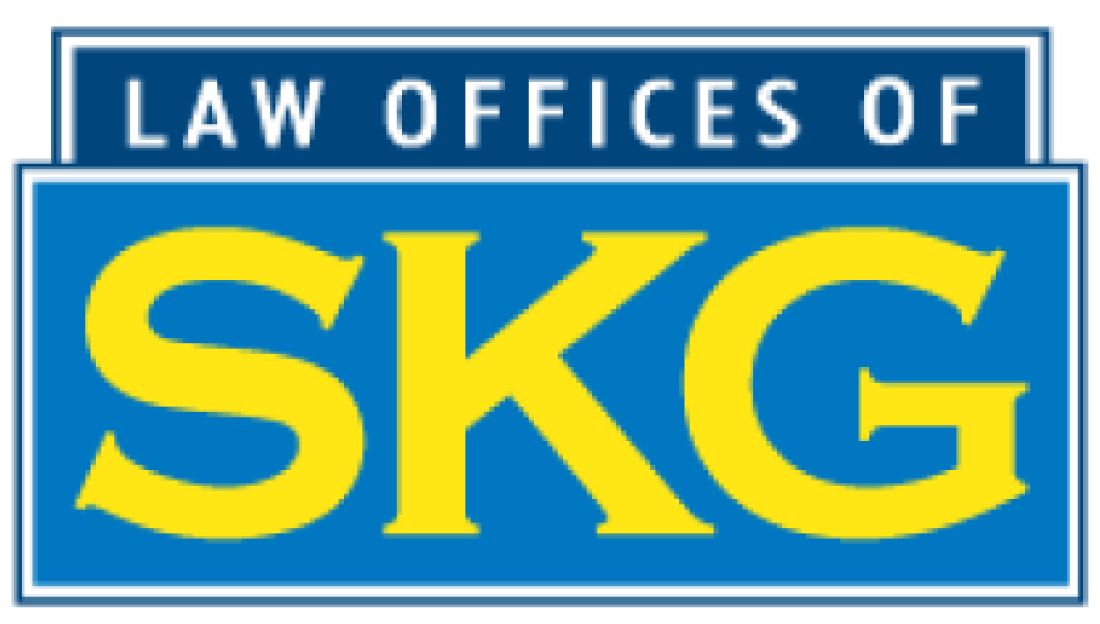
Would you want to keep making payments on a car you no longer could use? Probably not.
Guaranteed auto protection (Gap) insurance is the metaphorical bridge that covers the difference between what you still owe on your vehicle and what your car is worth if your car (leased or financed) or rental is totaled in an accident or stolen. If your car is totaled or stolen within the first few years of ownership, the gap between what you owe on your car and what your car is worth may be significant. Gap insurance covers the difference between the two amounts.
Although Gap insurance is not required in Florida, it does have some benefits, especially if you’re in the market for a new car or are renting a car.
Retail Value vs Actual Cash Value
A common misconception held by many people is that their car is worth that of what they paid for it or the addition of modifications and enhancements. Insurance adjusters do not care about how much money you spent to add a new speaker system or spoiler to your car. They focus on what is the actual value of the car now.
Insurance companies determine a vehicle’s worth by its actual cash value (ACV), not what it was sold to you for or what non-OEM modifications you made.
The ACV is affected by depreciation values, including:
- Vehicle make and model
- Age of vehicle
- Duration of ownership
- First year depreciation estimate
More people choose The Schiller Kessler Group because they know that we’re a cut above other personal injury law firms.

The Value of Gap Insurance
Gap insurance’s benefit is its value in situations where a total loss or theft occurs. Some rental companies and lenders include Gap insurance in their terms of agreement, but it is frequently understood as an optional insurance add-on that complements collision and comprehensive coverage. In most circumstances, your deductible is also covered under Gap, saving you from any required out-of-pocket expenses.
Example
The car you’ve been eyeing for what feels like years is now yours. Congratulations! The dealership sold you the car for $30,000. You put a down payment of $2,000 and are financing the car for the remaining $28,000.
You end up in a rear-end collision with another car within a matter of months and 100% of the liability is placed on the negligent driver who crashed into you. It’s also a total loss.
While you have paid off $1,000 of your loan, you still have a $27,000 balance remaining. Your collision coverage in your auto insurance policy will reimburse you for the ACV of your vehicle, which is now $20,000.
So, what happens to the $7,000 left to pay?
You’re covered. Since you elected to add Gap insurance to your auto policy, it covers the $7,000 “gap” between what you still owe your lender and what is compensated for the total loss by the terms of your insurance policy.
The specifics of what is not covered by GAP insurance can differ depending on the country or state. For instance, some policies may have a maximum payout limit of $50,000, whereas others stipulate that the term of the loan must not exceed 84 months.
Know Your Auto Insurance Policy
The aftermath of property damage can leave you looking for answers and running into dead ends if you don’t have a car accident attorney who is well-versed in property damage. The Law Offices of SKG have helped hundreds of clients understand and take advantage of their coverage options after an accident. If you have questions about Gap insurance, our property damage department can help fill in the blanks and contact the insurance companies on your behalf so you can get moving again.
Injured? Call The Aggressive Attorneys Today

